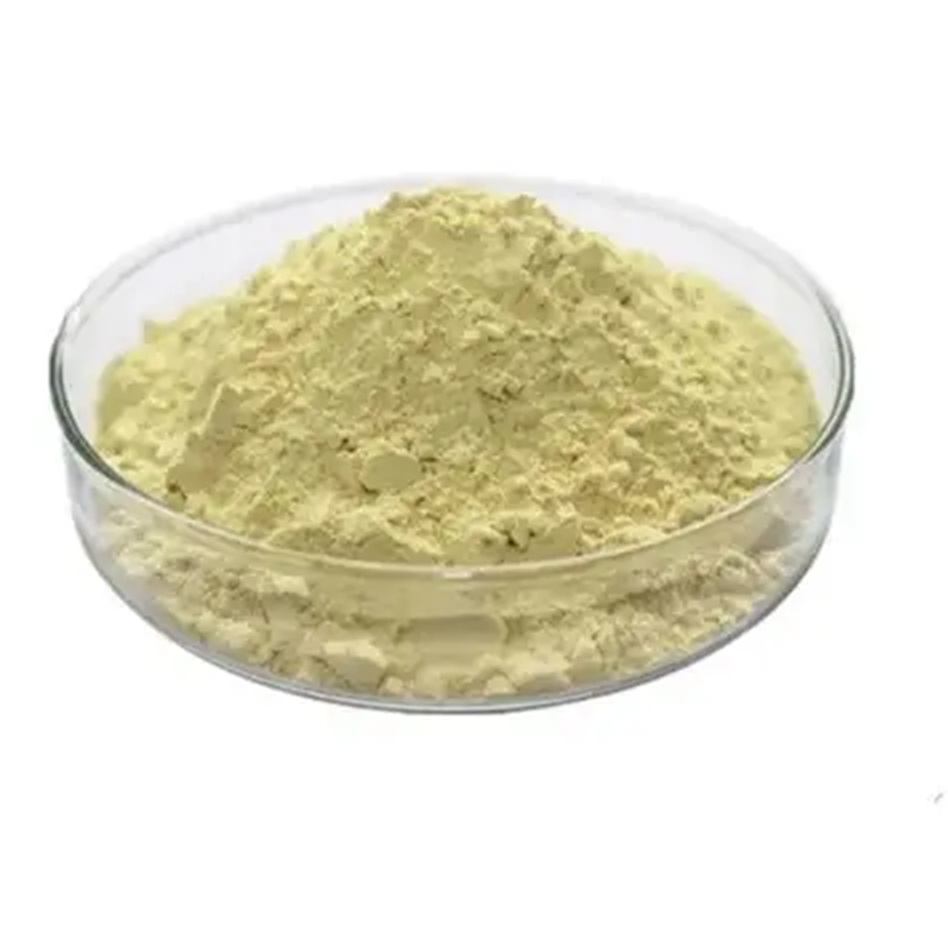We unleash your business potential by maximize the business innovation.
Send EmailTin Oxide, Tin Dioxide, Stannic Oxide, 18282-10-5
🧪 Tin(IV) Oxide (SnO₂)
Tin(IV) oxide (CAS 18282-10-5), also known as Stannic oxide or Tin dioxide, is a white crystalline inorganic compound. It is widely used in electronics, solar cells, ceramics, catalysts, and glass coatings due to its semiconducting properties and high stability.
1️⃣ Chemical Identity
-
Chemical Name: Tin(IV) Oxide
-
Formula: SnO₂
-
Molecular Weight: 150.71 g/mol
-
CAS Number: 18282-10-5
-
EC Number: 242-159-0
-
Appearance: White crystalline powder
-
Density: ~6.95 g/cm³
-
Melting Point: ~1,630 °C
-
Bandgap: 3.6–4.0 eV (semiconducting)
2️⃣ Physical & Chemical Properties
-
Semiconductor Behavior: High electron mobility (up to 260 cm²/V·s), making it ideal for electronic applications.
-
Optical Properties: Transparent in visible light; used in coatings and optoelectronics.
-
Thermal Stability: Stable at high temperatures.
-
Chemical Reactivity: Insoluble in water; reacts with strong acids.
3️⃣ Applications
-
Electronics:
-
Transparent conducting oxide in solar cells and displays.
-
Gas sensors and thin-film transistors.
-
-
Glass & Ceramics:
-
Coatings for glass to improve conductivity and transparency.
-
Pigment and glaze additive.
-
-
Catalysis:
-
Catalyst support in organic reactions.
-
-
Energy:
-
Used in lithium-ion batteries and fuel cells.
-
4️⃣ Synonyms
-
Tin dioxide
-
Stannic oxide
-
Tin(IV) oxide
-
SnO₂
5️⃣ Safety & Handling
-
Toxicity: Low toxicity; fine powders may irritate eyes and respiratory tract.
-
Precautions: Gloves, goggles, and dust masks recommended.
-
Storage: Keep in dry, sealed containers; protect from moisture.

